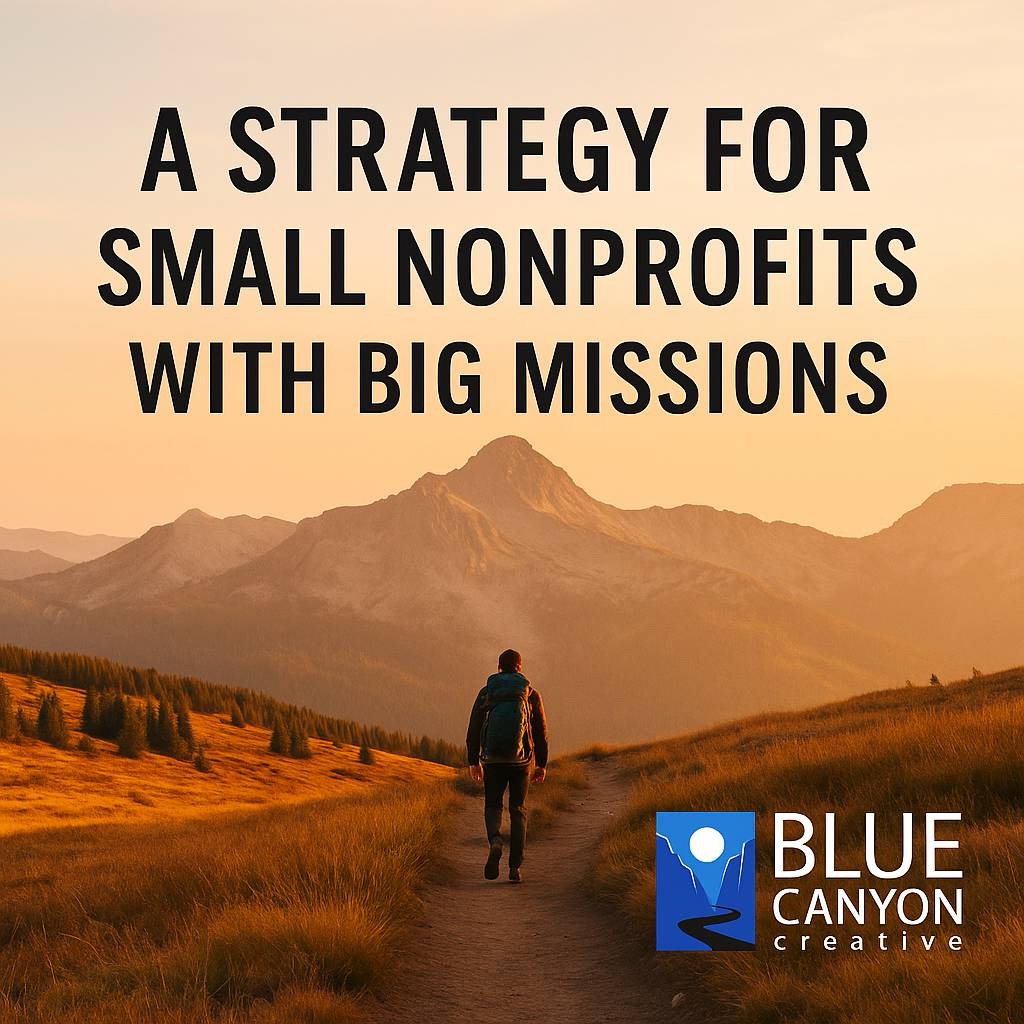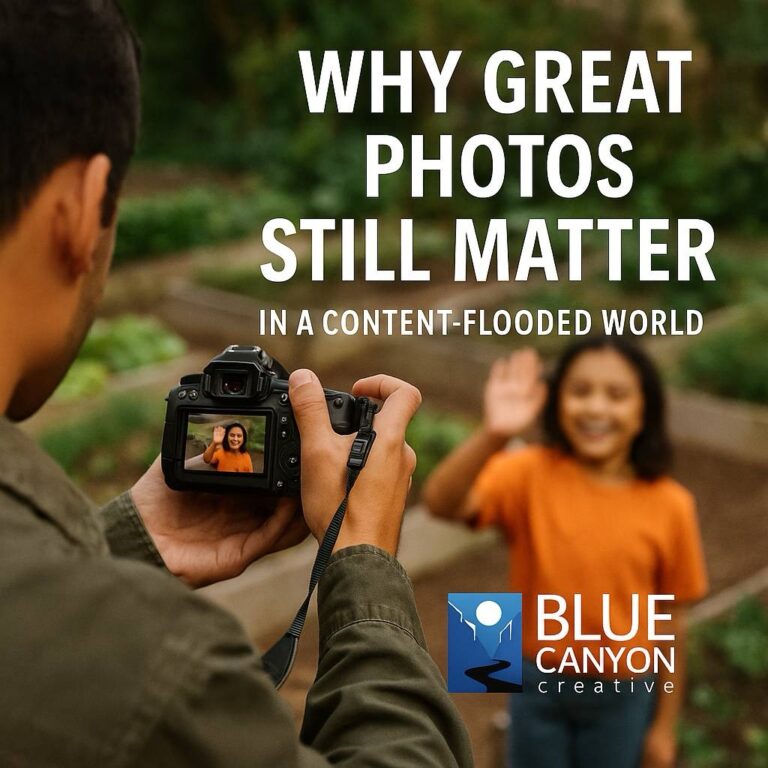Evergreen Marketing: A Strategy for Small Nonprofits with Big Missions

If you’re running a small nonprofit, chances are your to-do list never ends—and your marketing efforts are one of the first things to get pushed aside. But if you’re always starting from scratch, you’ll stay stuck in a cycle of burnout and missed opportunities.
There’s a better way. It’s called evergreen marketing.
Evergreen marketing is content that stays relevant over time—giving you something reliable to work with, repurpose, and reshare without constantly creating from zero. And for small teams with big missions, it’s not just helpful. It’s essential.
Here’s how to make evergreen content work for you—and how to stretch every post, blog, and story without losing your message or momentum.
1. Identify the Content That Stays Relevant Year-Round
Start by reviewing what content stays useful no matter the season. That might include:
- An overview of your mission and impact
- How people can get involved or donate
- Common questions about your programs
- Testimonials or volunteer stories
- Your “why” and founding story
These pieces form the backbone of your evergreen strategy. They aren’t tied to one event or date—they’re the messages you want new eyes to see again and again.
2. Repurpose, Don’t Repeat
Repurposing is not just reposting the same content—it’s reshaping it to fit new formats and audiences. For example:
- Turn a blog post into a series of short social media tips
- Repackage a podcast episode into a written FAQ
- Pull quotes from newsletters to use as image captions
- Use old event footage to create a timeless mission video
You already did the hard work. Stretch it.
3. Use Scheduling Tools to Stay Consistent
Even if you don’t post daily, consistency matters more than quantity. Tools like Buffer, Later, or even native scheduling in Facebook and Instagram can help you plan out evergreen posts weeks in advance.
And the bonus? You can reuse them again next quarter with only minor updates.
4. Mix in Timely Content Strategically
Evergreen doesn’t mean never changing. It means having a reliable core that you supplement with seasonal updates. You can still run campaigns, awareness posts, or event spotlights—but those are easier when your foundational marketing is already running behind the scenes.
A balanced content calendar might include:
70% evergreen content (automated or recurring) 30% new, timely, or personalized updates
5. Make It Easy for Your Team to Access
If you work with volunteers, interns, or part-time help, evergreen content ensures they have something ready to go—without needing to reinvent the wheel.
Create a shared folder of posts, blogs, templates, and graphics labeled by topic. This keeps your messaging consistent even if your team rotates.
6. Refresh Instead of Rewrite
You don’t need to scrap older content just because it’s not brand new. Instead, update the headline, swap out a photo, or add a fresh intro paragraph before reposting.
Google also rewards refreshed content. You’ll maintain SEO traction while saving hours of writing time.
7. Build Evergreen Into Your Strategy From the Start
Every time you write a new piece of content, ask: “Will this still be useful six months from now?” If so, flag it as evergreen and build your strategy around it.
Your nonprofit’s mission doesn’t expire—so your marketing shouldn’t either.
Final Thought
Small nonprofits can’t afford to chase trends or burn out trying to keep up with constant content. But with a strong evergreen strategy, you can stay visible, build trust, and grow support year-round—without stretching your team thin.






